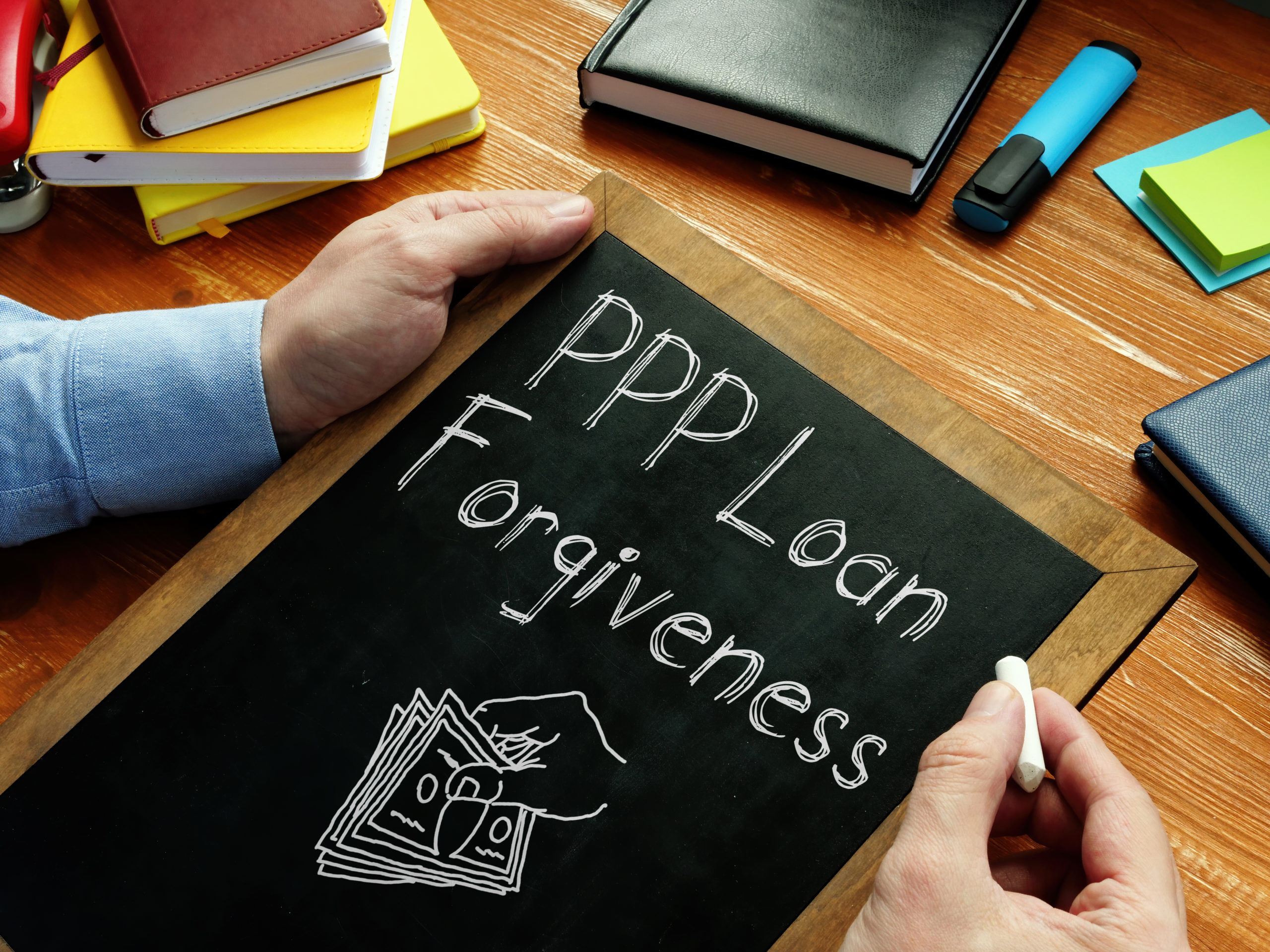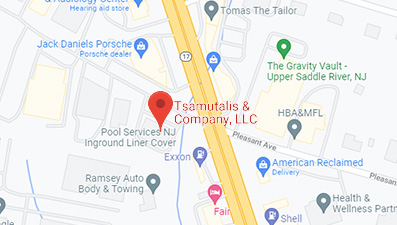
Regarded by some as a necessary evil in the midst of these extraordinarily challenging times, not only to help keep small businesses afloat and hopefully remain prosperous, but also to help keep Americans employed and the economy chugging along during COVID-19, the Paycheck Protection Program, also known as the PPP, has provided the necessary means for ultimate survival for small business owners attempting to stay adrift in murky, uncharted waters.
Small business owners who received financial backing and have already spent all of their funding from either the first or second round of the Paycheck Protection Program during the 8 or 24 week period of time after its disbursement on applicable expenses will soon have to apply for loan forgiveness.
If borrowers simply abided by the funding guidelines, which have been clearly spelled out by SBA lenders, they may be eligible for forgiveness, if, according to the SBA (sba.gov), at least 60% of the proceeds were spent on payroll costs, employee and compensation levels were maintained, and the remainder of the funds were utilized to cover eligible, relevant expenditures comprising rent, leases, utilities and mortgage interest payments during the specific noted timeframe after the loans were made.
Under the PPP protocol, borrowers can then apply for loan forgiveness once all of the proceeds have been fully exhausted by the borrowers, for which they can then request forgiveness. Borrowers may request, or rather, apply for forgiveness any time up until the loan’s maturity date. However, if borrowers were not to apply for loan forgiveness within 10 months after the last day of the noted period of time in which the loan was made, then the PPP loan payments afforded to the borrower can no longer be deferred and the borrower must then start loan restitution to the PPP lender.
In order to apply for loan forgiveness, the borrower must first determine whether their lender is even participating in direct forgiveness through the SBA by going to the portal, https://www.sba.gov/document/
If the borrower’s lender was not participating, the borrower must then apply for loan forgiveness directly through the lender, who can then provide the borrower with the necessary SBA forms and guidance required to submit the application.
When determining the borrower’s loan forgiveness amount, even though SBA Form 3508S does not require borrowers to actually submit the documentation that they used to come up with their specific figures, it is wise for the borrower to compile and keep all of their supporting paperwork along with pertinent documentation and records, as the SBA may and certainly has the authority to request and review (audit) all of the submitted information at their discretion.
In regards to documentation, payroll documentation comprises bank account statements, tax forms, payroll tax filings (or those to be reported to the IRS, usually via Form 941), payment receipts, cancelled checks, statements detailing employer-included contributions made toward health insurance, state quarterly business wage reporting, unemployment insurance tax filings, and retirement plans that the borrower used to amass the forgiveness amount. Payroll salaries are capped at $100,000, part-time employees are not eligible for total PPP payroll calculations, and self-employed contractors and 1099 employees are not taken into consideration towards a business’ payroll, as they can independently apply for PPP.
In addition to rent, leases, utilities and mortgage interest payments, some other noted non-payroll documentation includes qualified/covered operations expenditures, qualified/covered property damage costs, qualified/covered supplier costs, and qualified/covered worker protection expenditures. Fortunately for borrowers, qualified/covered items have increased to now encompass a much broader range of expenditures.
Upon completion of the necessary steps employed to determine and compile information, the borrower is then ready to submit the forgiveness application form and supporting documents to the SBA direct forgiveness portal, https://directforgiveness.sba.
After having submitted the forgiveness application form, the borrower should continue to monitor the application status for loan forgiveness, noting that the borrower will be notified by either the SBA or by the borrower’s PPP lender of the loan review decision, and if applicable, of the forgiveness amount the SBA has paid, or the impending date upon which the borrower’s first payment will be due. If loan forgiveness were denied, borrowers have the right to appeal certain decisions.
Borrowers requiring further assistance can contact the SBA’s forgiveness center Monday to Friday from 8 AM until 8 PM at (877) 552-2692, noting that they can only assist direct forgiveness applicants. All other borrowers must contact their specific PPP lenders.
Having been difficult enough for small business owners to stay the course during the COVID-19 pandemic, by dealing with unprecedented, “once in a lifetime” issues in thoroughly unfamiliar territory, Tsamutalis & Company, LLC can help ease their burden, and has the requisite acumen and longstanding experience and passion to provide small business owners with the invaluable support they deserve, ensuring the best possible outcome, especially now that the time has come for small businesses to apply for loan forgiveness.
Summary:
-
The Paycheck Protection Program, also known as the PPP, has provided the necessary means for ultimate survival for small business owners attempting to remain solvent during COVID-19
-
Small business owners who received financial backing and have already spent all of their funding from the Paycheck Protection Program will soon have to apply for loan forgiveness
-
If borrowers simply abided by the SBA funding guidelines, they may be eligible for forgiveness
-
Borrowers may apply for forgiveness any time up until the loan’s maturity date
-
In order to apply for loan forgiveness, borrowers must first determine whether their lender is even participating in direct forgiveness through the SBA
-
Borrowers should keep all of their supporting paperwork along with pertinent documentation and records, as the SBA has the authority to request and audit all submitted information
-
After having submitted the forgiveness application form, borrowers should continue to monitor the application status for loan forgiveness
-
Tsamutalis & Company, LLC has the requisite acumen and longstanding experience and passion to provide small business owners with the invaluable support they deserve, ensuring the best possible outcome, especially now that the time has come for small businesses to apply for loan forgiveness
Tsamutalis & Company LLC will work with you throughout the year to ensure compliance with tax laws and regulations while also maximizing your profits. Contact us to learn more about what it’s like to work with our team for your New Jersey small business accounting and tax needs.




Leave a Reply